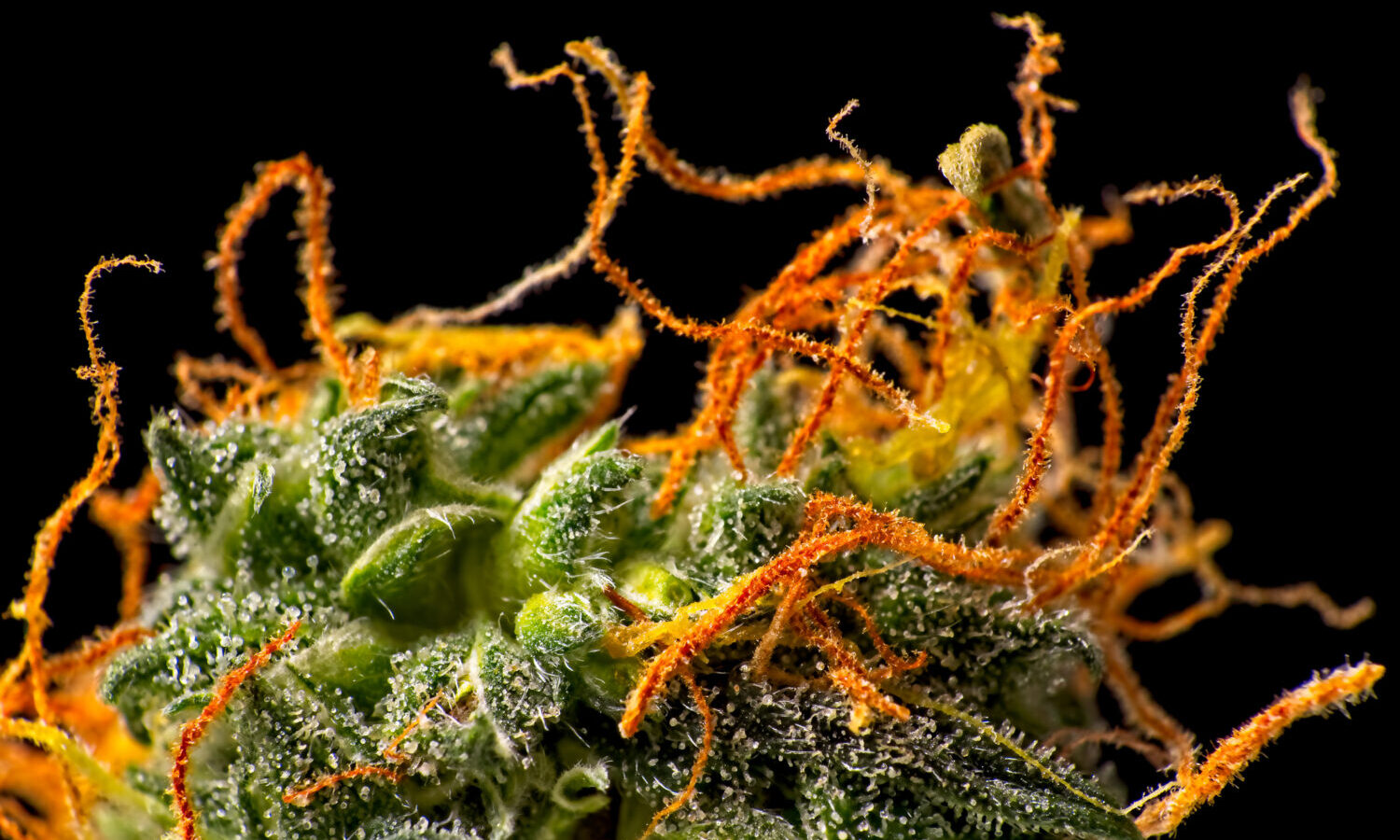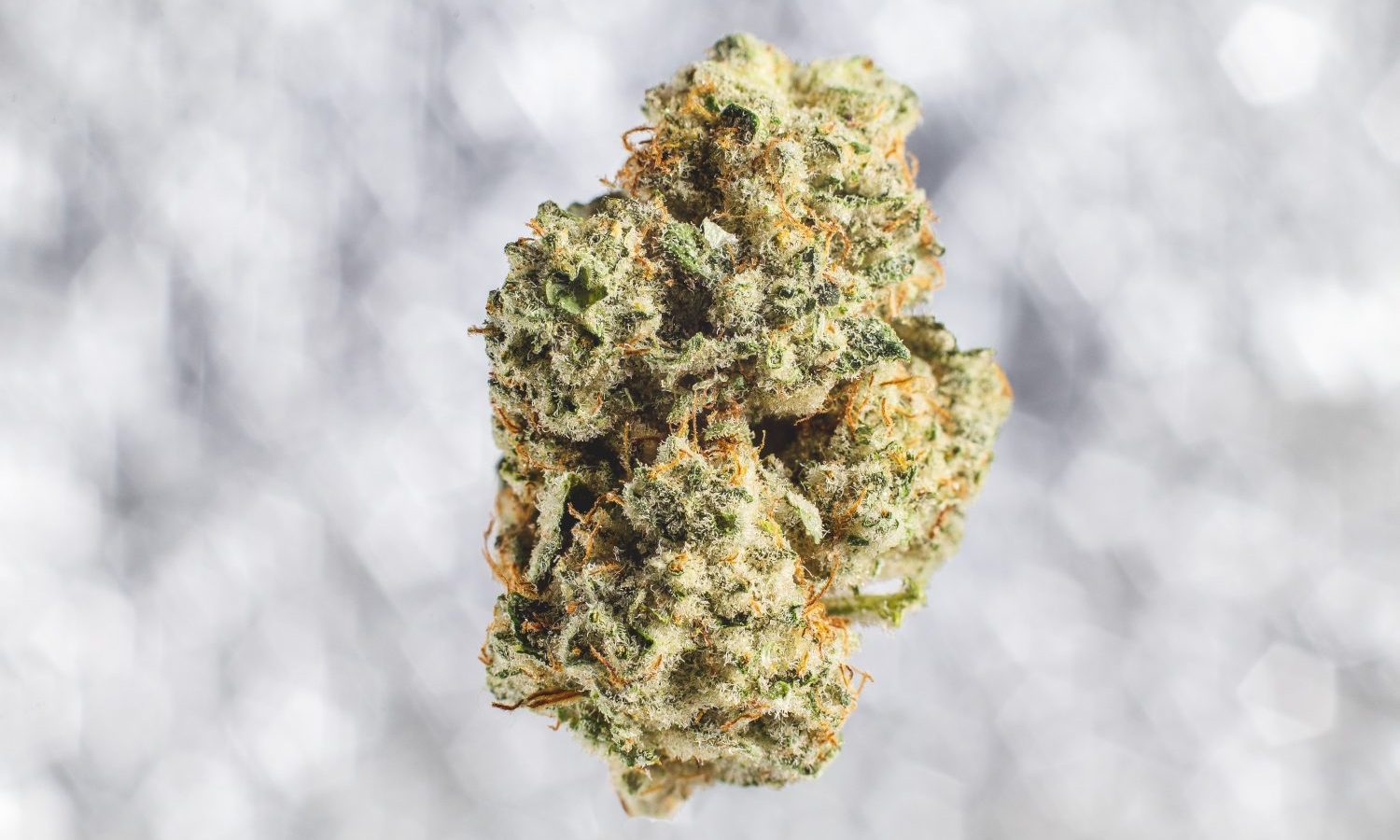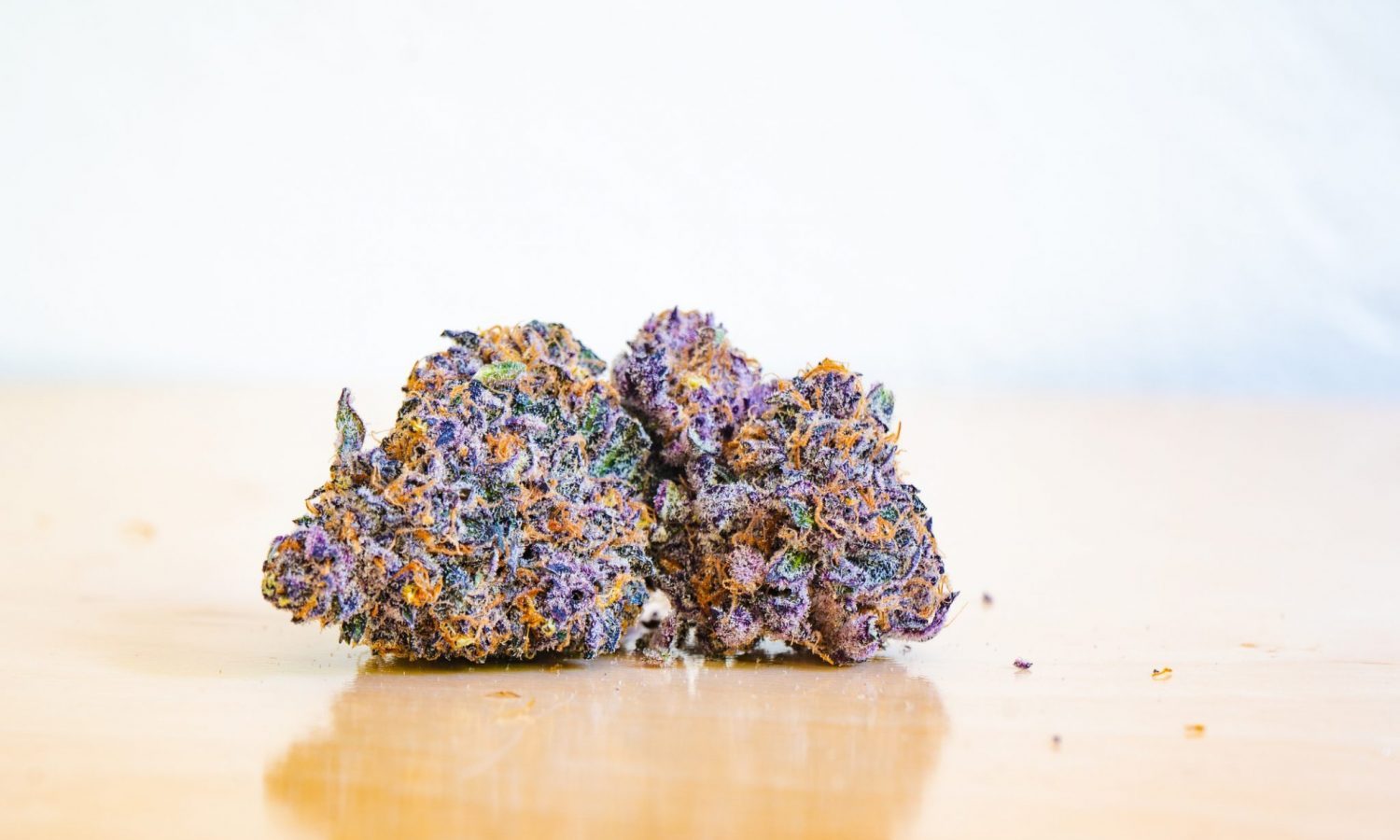
Is Orange Hair On Cannabis Linked To Potency?
We all know that a defining feature of weed is its beautiful color palette. And while we can all appreciate the beauty of a deep green bud, there’s something special about those with orange hair.
Orange weed hairs make many strains exotic and is something that has long fascinated cannabis users. No matter which strain of cannabis you choose, various tiny colorful weed hairs can be found throughout the buds. But why are there the orange hairs on grass? Let’s take a closer look at this phenomenon.
Photo by Christina Hempfling/EyeEm/Getty Images
Anatomy of the marijuana plant
Cannabis plants have an anatomy similar to other plants. To understand why cannabis produces orange hairs, we need to familiarize ourselves with the anatomy of the marijuana plant.
● node – In these areas, the branches detach from the trunk. Buds grow on most nodes and fan leaves develop.
● cola – Several buds are clustered very close together, usually near the lower branch. The most important and largest cola is on the main shoot.
● bract – The reproductive organs of female plants are surrounded by small, teardrop-shaped leaves called bracts. These are the spots where the pre-flowers will appear just before flowering.
● chalice – The flower itself, consisting of resin glands and buds. A protective layer of bracts surrounds the calyx and covers the plant’s reproductive organs. This is where seeds are formed. (resin glands and buds)
● Rubber stamp – These are the orange hairs that protrude from the calyx. Pistils are the sexual organs of the female plant, also called stigmas. Pistils are one of the earliest signs that a cannabis plant is about to flower.
● trichomes – These bulbous resin glands produce a frosty, sticky resin containing cannabinoids and terpenes. Cannabinoids and terpenes are present in greater concentrations in more resinous buds.
Orange hair on weeds
Known as pistils, these orange hairs catch pollen from the male plant. The pistils of the female cannabis plant serve as the reproductive organs. Their purpose is to capture pollen from male plants during flowering. Pollen is sucked back into the plant through the weed hairs. Pollen will pollinate or fertilize pistils as soon as they come into contact with them. The female plant will start producing seeds at this point.
However, breeders remove the male plants from the field during the growing season to suppress pollination so that the female plants can focus on producing flowers rather than seed production. As a result, cannabinoids and terpenes are produced in greater quantities.
RELATED: What Makes Weed So Sticky? And is it a good thing?
During flower production, pistils shoot out of the main bud and reach their maximum height, allowing them to collect pollen. In the final stage of flower development, the pistils have dried up and become darker. As a result, they also retreated somewhat into the system.
 Photo by Jeff W via Unsplash
Photo by Jeff W via Unsplash
What does orange hair mean on weed?
Now that we know what orange hair and pistils are, let’s think a little more about orange hair on grass. Orange Kush strains easily produce fertile pistils, which are among the first signs that a marijuana plant is about to flower. The plant’s female flowers grow from the bud, or calyx, which is its base.
Pistils are not always orange. In the vegetative stage, the hairs are white, and as they approach the flowering stage, they begin to change color. Originally yellow, they turn orange as they enter the flowering phase.
RELATED: What Does Good Weed Look Like?
Some buds mature into bright orange and purple strains with hues actually more red or brown. However, different strains can produce different results depending on how they were cultivated. In some varieties, the pistils can take on a pink or purple hue.
Does orange hair get you high on weed?
The vibrant orange tones suggest something extraordinary has happened, right? When you ask if orange hairs get you high on weed, you’re actually asking, “Do pistils contain THC?” There’s a common misconception that buds covered in colored hairs are more potent. However, this is not exact. In the flowering phase, the pistils are crucial, but the trichomes contain THC. Orange hair on weed doesn’t get you high. The crystals on your cannabis will get you high.
Does orange hair mean potency?
Despite the popular belief that colorful buds are more potent and pack more punch, this is not necessarily true. While a plant’s pistils are an integral part of its flowering process, they are not responsible for the strain’s cannabinoid content.
It’s far better to focus on the trichomes instead. The reason Reg Weed is so low in THC is because of its trichomes. On the other hand, due to its incredibly high resin content, horny weed has a frosty appearance due to its high concentration of trichomes.
 Photo by Robert Przywojski/Getty Images
Photo by Robert Przywojski/Getty Images
Why is some grass purple?
Contrary to popular belief, the color of purple weed does not indicate strength. So why this color? Anthocyanins, a water-soluble flavonoid, have different colors depending on their position in the spectrum depending on the pH level. At low pH values it appears blue; At higher pH levels it appears purple and at the highest pH levels it appears red.
RELATED: Purple cannabis – here’s why you should try it
As an indica strain, most purple cannabis strains will couch-lock you and produce a strong narcotic effect that is ideal for relieving pain and promoting sleep. However, there have recently been breeding programs that combine Purple strains with other genetics to reduce the sleepiness effect while enhancing the uplifting effects of sativas.
Put everything together
As it turns out, the prettiest buds aren’t always the strongest. So what should you look for when trying to determine THC potency? Trichomes or white crystals are a good indicator of potency and should be present in large numbers on potent buds.
Start your cannabis wellness journey
Have you started your cannabis wellness journey? Jointly is a new cannabis wellness app designed to help you discover purposeful cannabis use so you can achieve your wellness goals with cannabis and CBD. In the Jointly app, you can find new cannabis products, rate products based on how well they’ve helped you achieve your goals, and track and optimize 15 factors that can impact your cannabis experience. These 15 factors include your dose, the environment you use cannabis in, who you are with when you take it, how hydrated you are, the quality of your diet, how much sleep you got last night, and more. Download the Jointly app on the App Store or Google Play Store to start your cannabis wellness journey.

Post a comment: